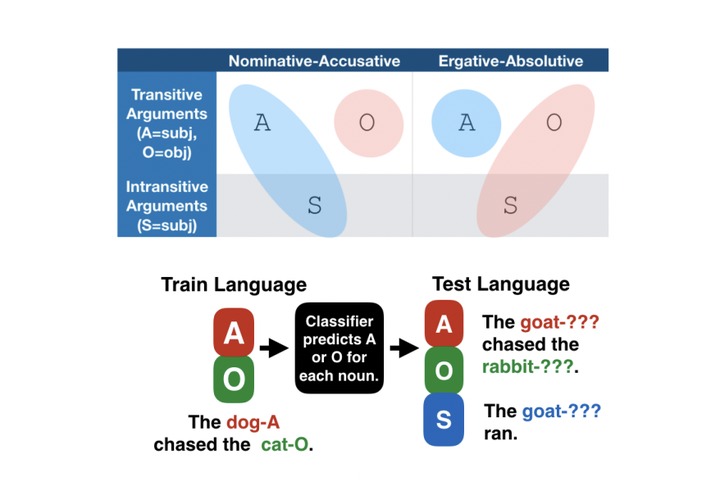Deep Subjecthood: Higher-Order Grammatical Features in Multilingual BERT

Abstract
We investigate how Multilingual BERT (mBERT) encodes grammar by examining how the high-order grammatical feature of morphosyntactic alignment (how different languages define what counts as a ``subject″) is manifested across the embedding spaces of different languages. To understand if and how morphosyntactic alignment affects contextual embedding spaces, we train classifiers to recover the subjecthood of mBERT embeddings in transitive sentences (which do not contain overt information about morphosyntactic alignment) and then evaluate them zero-shot on intransitive sentences (where subjecthood classification depends on alignment), within and across languages. We find that the resulting classifier distributions reflect the morphosyntactic alignment of their training languages. Our results demonstrate that mBERT representations are influenced by high-level grammatical features that are not manifested in any one input sentence, and that this is robust across languages. Further examining the characteristics that our classifiers rely on, we find that features such as passive voice, animacy and case strongly correlate with classification decisions, suggesting that mBERT does not encode subjecthood purely syntactically, but that subjecthood embedding is continuous and dependent on semantic and discourse factors, as is proposed in much of the functional linguistics literature. Together, these results provide insight into how grammatical features manifest in contextual embedding spaces, at a level of abstraction not covered by previous work.